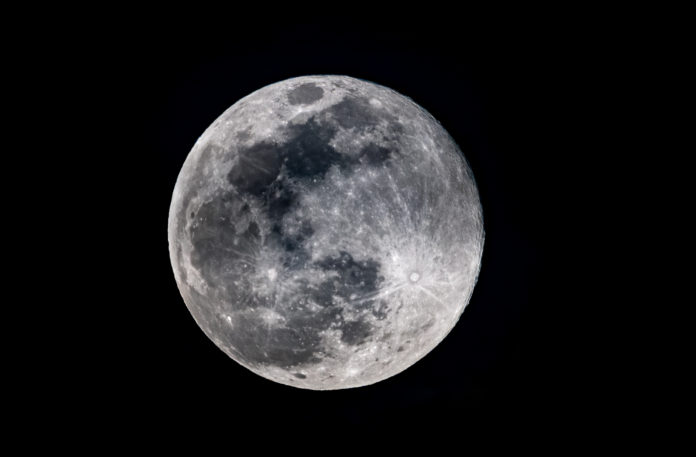By: Nick Gambino
NASA is going water hunting on the Moon but not for another couple years. The original launch date was set for November 2023. They’re now pushing it to November 2024 so that they can spend more time testing the lander meant to get them to the surface of the Moon.
The lander is being supplied commercially by Astrobotic as part of NASA’s Commercial Lunar Payload Services (CLPS) initiative. The company has designed several for NASA but have settled on the Griffin lander for this particular mission.
They may be providing the lander, but NASA is designing and building the rover itself. The Volatiles Investigating Polar Exploration Rover (VIPER) will set off on the lunar surface to hunt for water. (And yes, something tells me they just wanted to use “VIPER” and reverse-engineered to come up with that acronym.)
“Through CLPS, NASA has tasked U.S. companies to perform a very challenging technological feat – to successfully land and operate on the Moon,” Joel Kearns, the deputy associate administrator for exploration for NASA’s Science Mission Directorate, said of the delay. “VIPER is NASA’s largest and most sophisticated science payload to be delivered to the Moon through CLPS, and we’ve implemented enhanced lander testing for this particular CLPS surface delivery.”
All of this Moon business falls under the Artemis plan where NASA intends to send people back to the Moon for the first time in over fifty years. By answering important questions and laying the foundation for future human missions, NASA is looking to create a waystation for deeper space travel. If we have access to water on the Moon, then that could save us a ton of weight in payload from Earth to the lunar surface.
The VIPER is equipped with everything it’ll need to locate water, determine how much is there and its shape. It’ll get around on wheels specially designed to navigate the rough surface and use a specialized drill and other instruments to investigate.
And while it’ll be more than two years until VIPER lands on the Moon, they intend to send some of its instruments up there ahead of time. Two different missions with landers provided by other commercial companies will launch this year.










